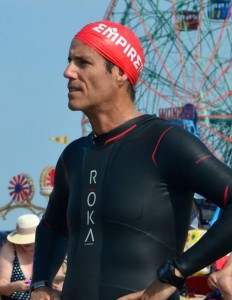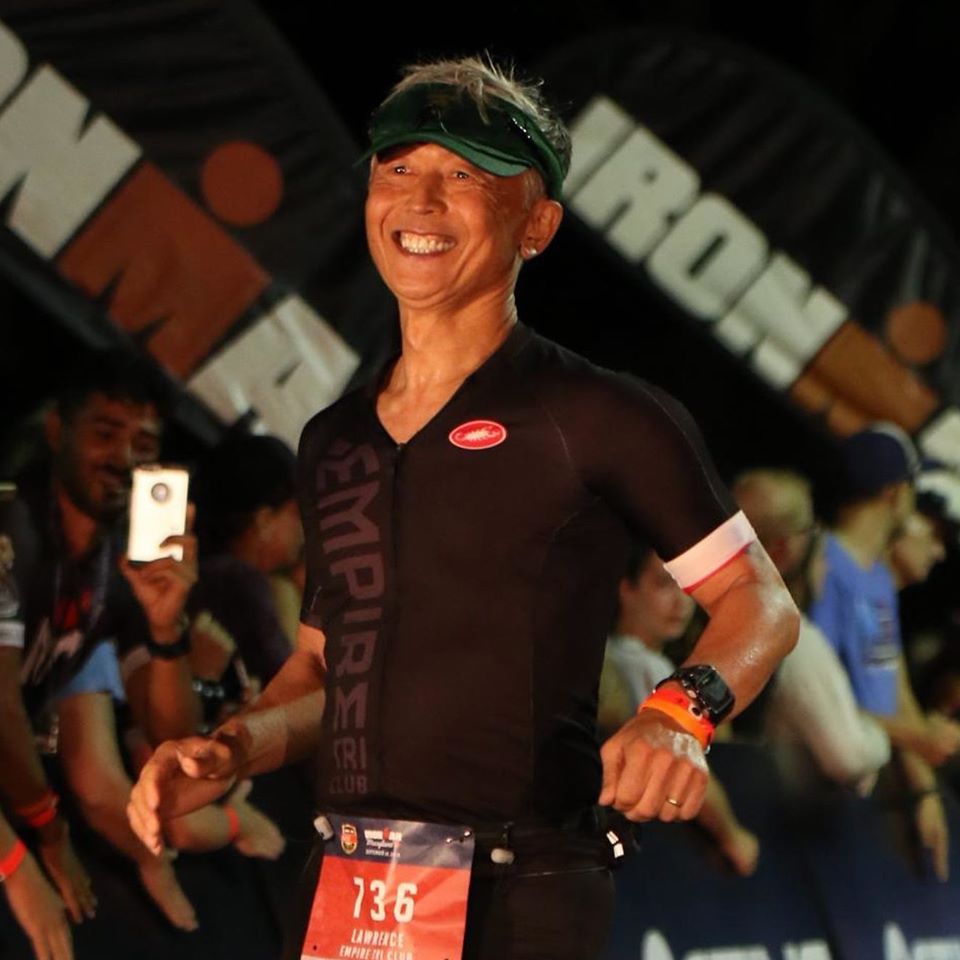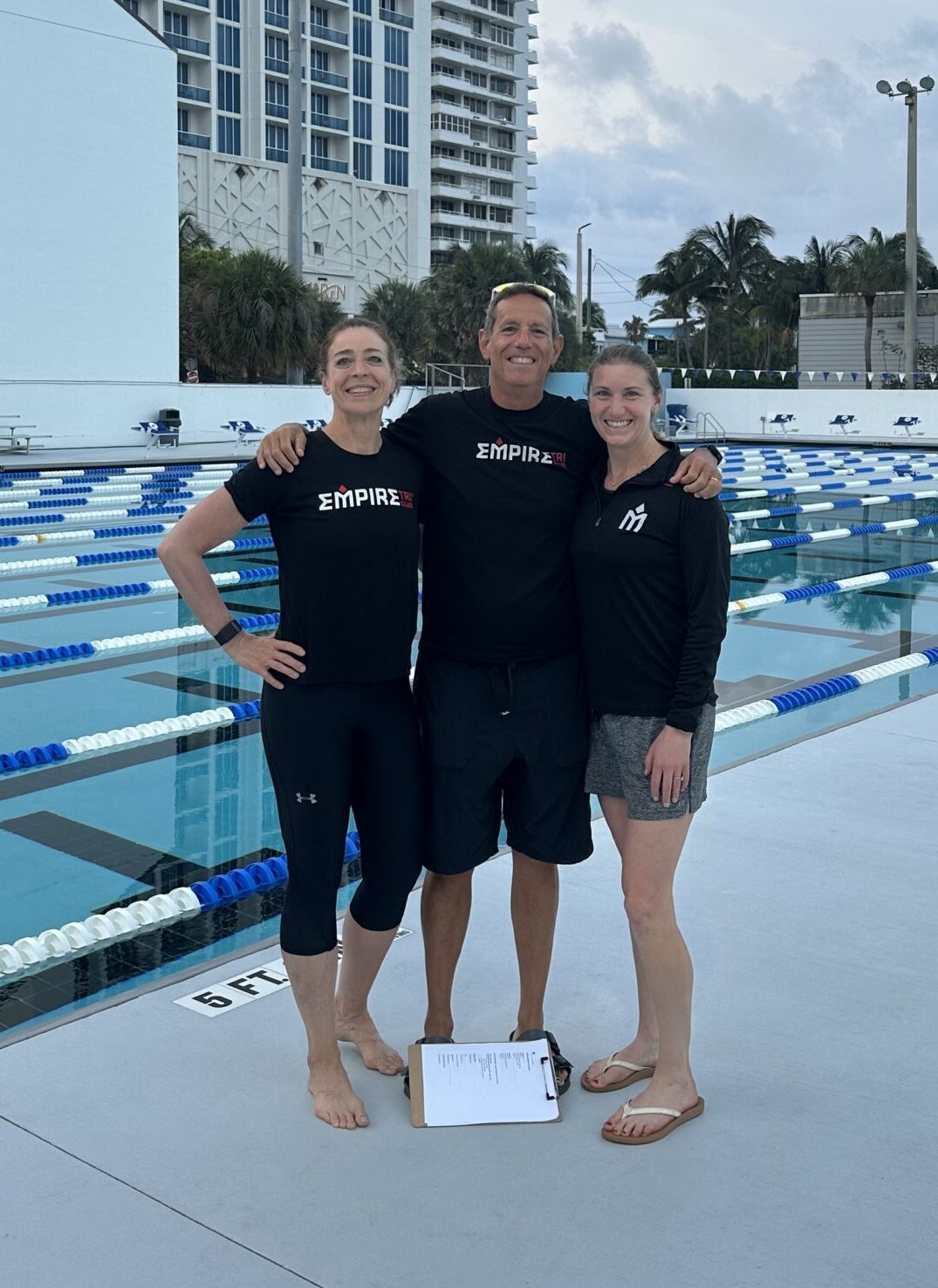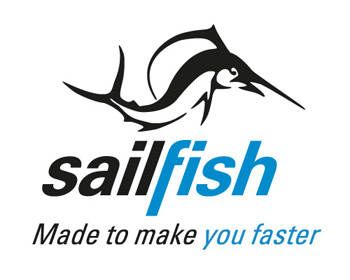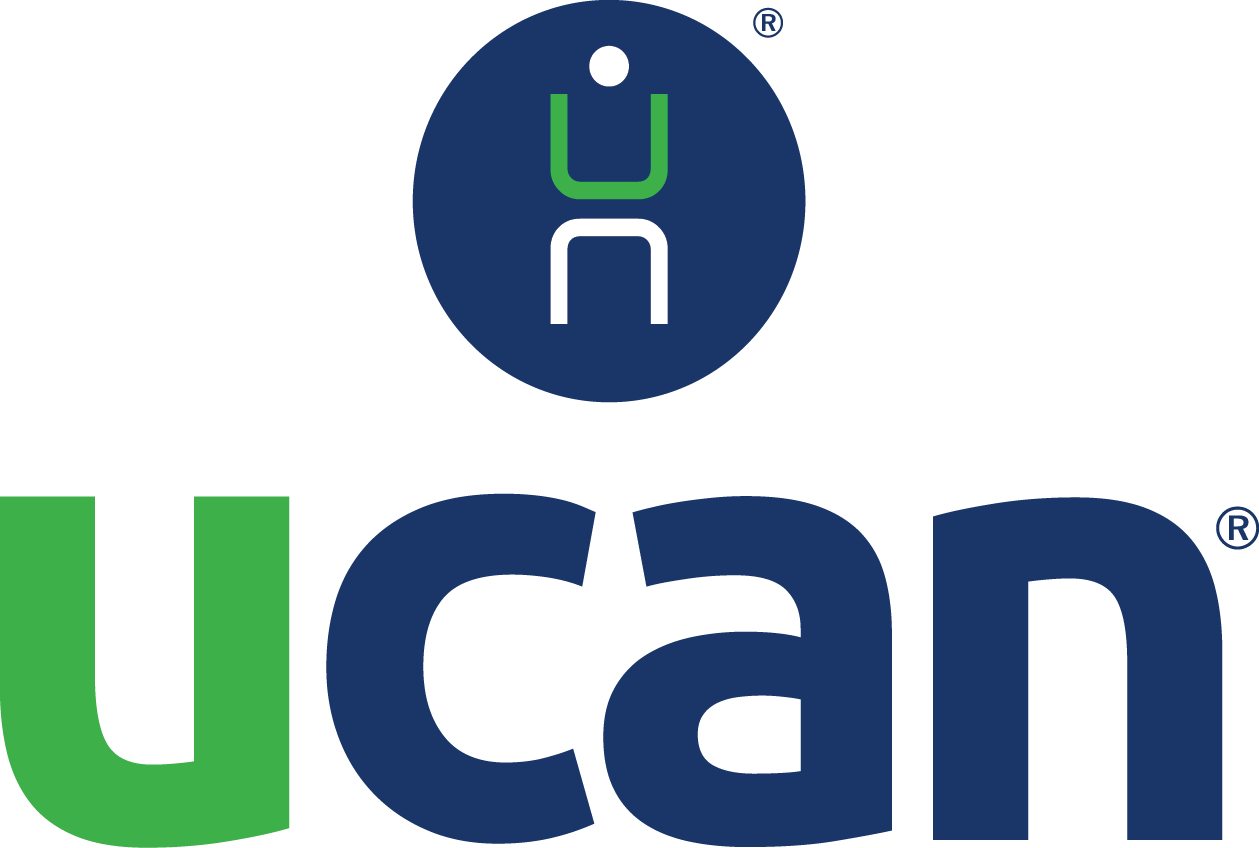
In preparation for our first official team race of the 2016 season, Rev3 at Quassy, we got the inside scoop from Director of Operations, Ashley Quinn. Read on for tips and tricks sure to help you settle any pre race jitters and conquer your goals on race day. Thanks Ashley!
Q1) Would you consider the race course a hard, moderate or easy course?
The Quassy course definitely has its challenges. Revolution3, as a whole, is very beginner friendly, we even have a “beginner’s athete meeting” after our mandatory athlete meeting on Saturday and Sunday at the expo, but all that being said, be ready to climb some hills on the bike and run course.
Q2) Could an athlete preview the swim, bike and run course before race day?
We just wrapped up two course previews which were done by Pacific Swim Bike Run. We have turn by turn directions on our website for the bike and run course if you want to give it a try or drive the course before race weekend: http://rev3tri.com/quassy/course-maps/
Q3) What attracts athletes to your race? What do you think is special about a Rev3 race?
I believe athletes like Revolution3 because of our atmosphere, we strive to give all of our athletes a great experience from registration to post race. We want our race to be a weekend your whole family can enjoy, which is another reason for people to come to Quassy, you get to race and your friends and family can ride rollercoasters while they wait for you!
Q4) For a beginner triathlete: any advice on how to prepare for your course? Transition set up? Packet pick up?
I would recommend training on some hills to be prepared for Quassy. If you have not raced Rev3 before you will notice that our transition racks are different from the typical wire racks. You will put your back tire into the bike slot and set up your supplies and equipment to the right of your bike. As for packet pick up, I would highly recommend you attend the mandatory athlete meeting, we plan our practice swim and mandatory athlete meetings so that you can arrive, grab your packet, swim, and still have time to attend the meeting, I would try as best as you can to stick to that schedule. http://rev3tri.com/quassy/schedule/
Q5) Besides the signs throughout the bike & run courses, will there be guides directing the athletes so they don’t make a wrong turn?
Yes! If you are competing in the Half you need to remember PINK and if you are competing in the Olympic remember YELLOW. Those are your colors for race day. Your signs and tape arrows on the road will correspond with those colors. We will also make sure that we get volunteers at as many of the turns and tricky spots as possible. Please take the time to make yourself familiar with the course as we can’t always rely 100% on volunteers showing up on race morning.
Q6) What would you recommend to a beginner for finding their gear in a crowded transition area?
One of the best things I have seen is a balloon. People will attach a balloon to their race bag or something like that so their spot stands out above the crowd.
Q7) Can you give us a hint as to what an athlete can find in your Swag bags?
I would love to…my hint is BOCO 😉
Q8) To set realistic expectations: what are ball park race times for a typical beginner?
That is a great question, this is not a race where most people PR. I would say add an additional 15-20 min onto your typical time. The middle of the packers were on average 3:00 for the Olympic and 6:27 for the Half in 2015.
Q9) What if an athlete needs to use a bathroom before/during or after the race? When you gotta go you gotta go, right?
We will have a slew of porta potties in transition on race morning and Quassy Amusement Park also has some, as I like to call them, flushing bathrooms right next to transition as well. We will also have porta potties at each bike and run aid station on the course.
Q10) How far in advance should an athlete get to the event?
I would give yourself at least 1 hour to set up your transition area, go to the bathroom, put on your wetsuit. You also need to give yourself time to park so I would recommend showing up with about 1 hour and 15 min to get yourself physically and mentally prepared for race day.
Q11) Can an athlete decorate their transition area to mark their spot (i.e. balloons?)
Of course! Have fun with it 🙂
Q12) What are the considerations for a swimmer who gets in trouble during the swim portion?
We have red caps that you can receive at packet pick up, if you feel uncomfortable in the water I would highly recommend getting a red cap. Our lifeguards and swim staff have been notified to give a little extra attention to our red cap swimmers. We will also have several safety boats, kayaks, and paddleboards on the course, if you are feeling tired, swim over to one of those and take a breather for a minute.
Q13) Are there popular cheering spots that you could recommend for family/friends to stand and support at?
Right outside transition is a great spot to catch your athlete multiple times on race day. We will also have a cheering zone in the “Bermuda Triangle” at the bottom of the final uphill on the run. This will be a great spot to catch your athlete on the bike and run to give them that extra boost of moral support and confidence. There may even be some bagpipes!
Q14) For you personally, is there a portion of the race that you like the most (directing or overseeing)?
My favorite part of every race is always the final athlete finishing and it’s not because the race is officially over but because we like to celebrate the final athlete as much as the first (or maybe even more) so it’s always a huge party and a big celebration. If you can, I would highly recommend you stick around for it, we bring everyone into the finish line and give that athlete one of the coolest finishes they will probably ever have, and it’s awesome.
Q15) Have you competed in your own race? What was your experience like?
I haven’t, I started working with Revolution3 back in 2011 when I was a volunteer coordinator and then was hired full time the following year, so I have never had the chance to race. Maybe down the road when we get a couple more staff members I will get that opportunity, but for now I am needed in the background on race day. I can guarantee you I always FEEL like I have raced by the end of the weekend.
Q16) Is there anything that you would like for us to include in the blog piece that we did not discuss?
This is all really great, thanks so much for the opportunity! Thanks for supporting Rev3 and good luck!

